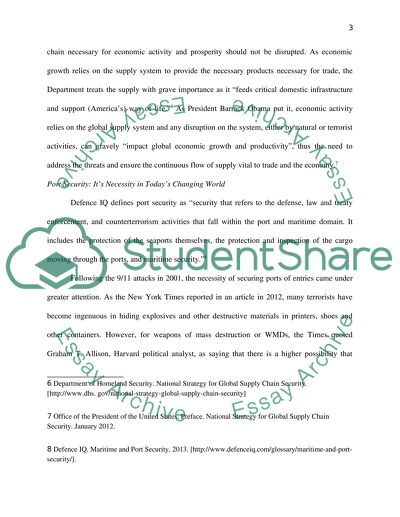Cite this document
(“Port Security Research Paper Example | Topics and Well Written Essays - 2500 words”, n.d.)
Port Security Research Paper Example | Topics and Well Written Essays - 2500 words. Retrieved from https://studentshare.org/miscellaneous/1614924-port-security
Port Security Research Paper Example | Topics and Well Written Essays - 2500 words. Retrieved from https://studentshare.org/miscellaneous/1614924-port-security
(Port Security Research Paper Example | Topics and Well Written Essays - 2500 Words)
Port Security Research Paper Example | Topics and Well Written Essays - 2500 Words. https://studentshare.org/miscellaneous/1614924-port-security.
Port Security Research Paper Example | Topics and Well Written Essays - 2500 Words. https://studentshare.org/miscellaneous/1614924-port-security.
“Port Security Research Paper Example | Topics and Well Written Essays - 2500 Words”, n.d. https://studentshare.org/miscellaneous/1614924-port-security.


